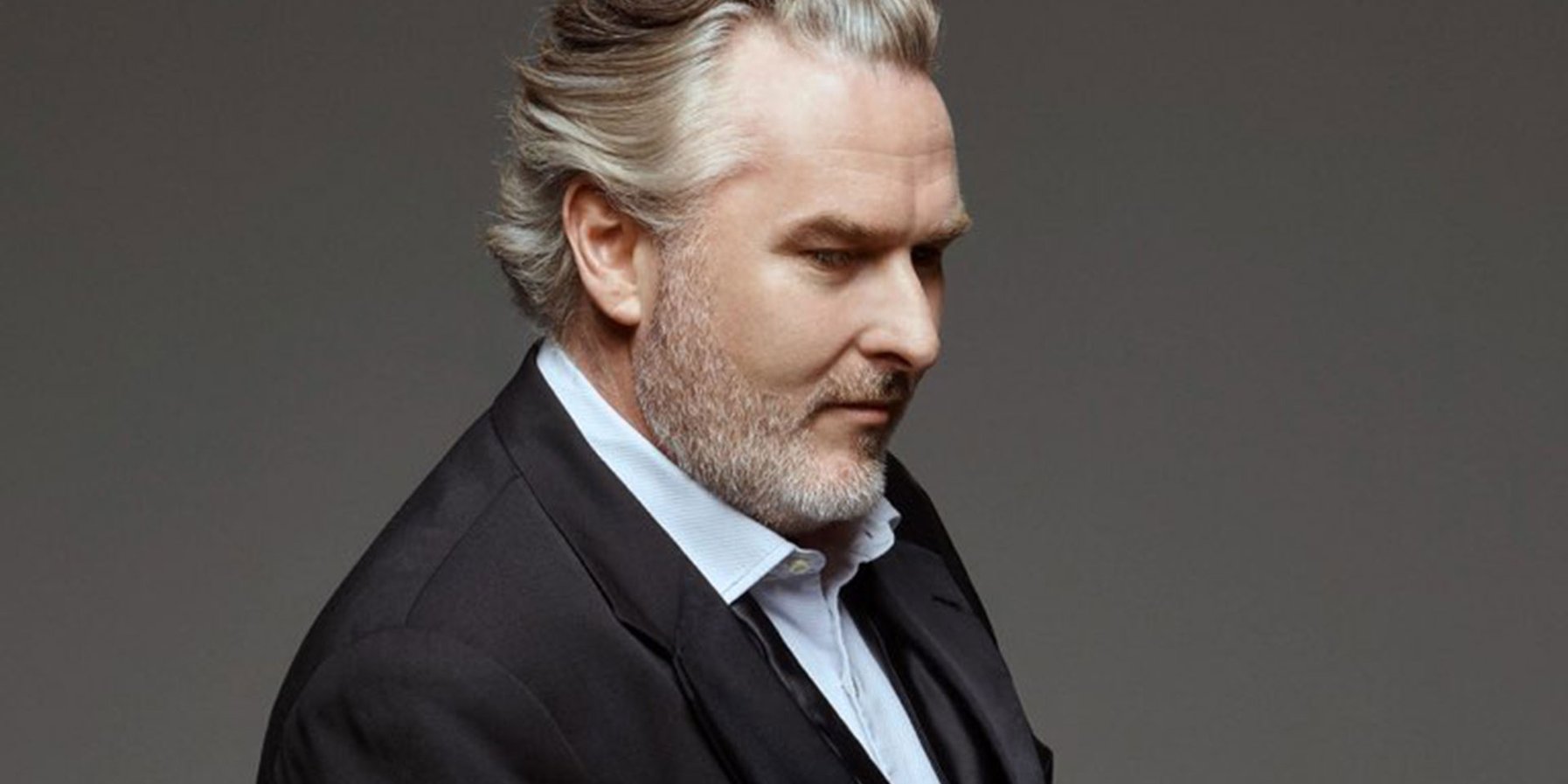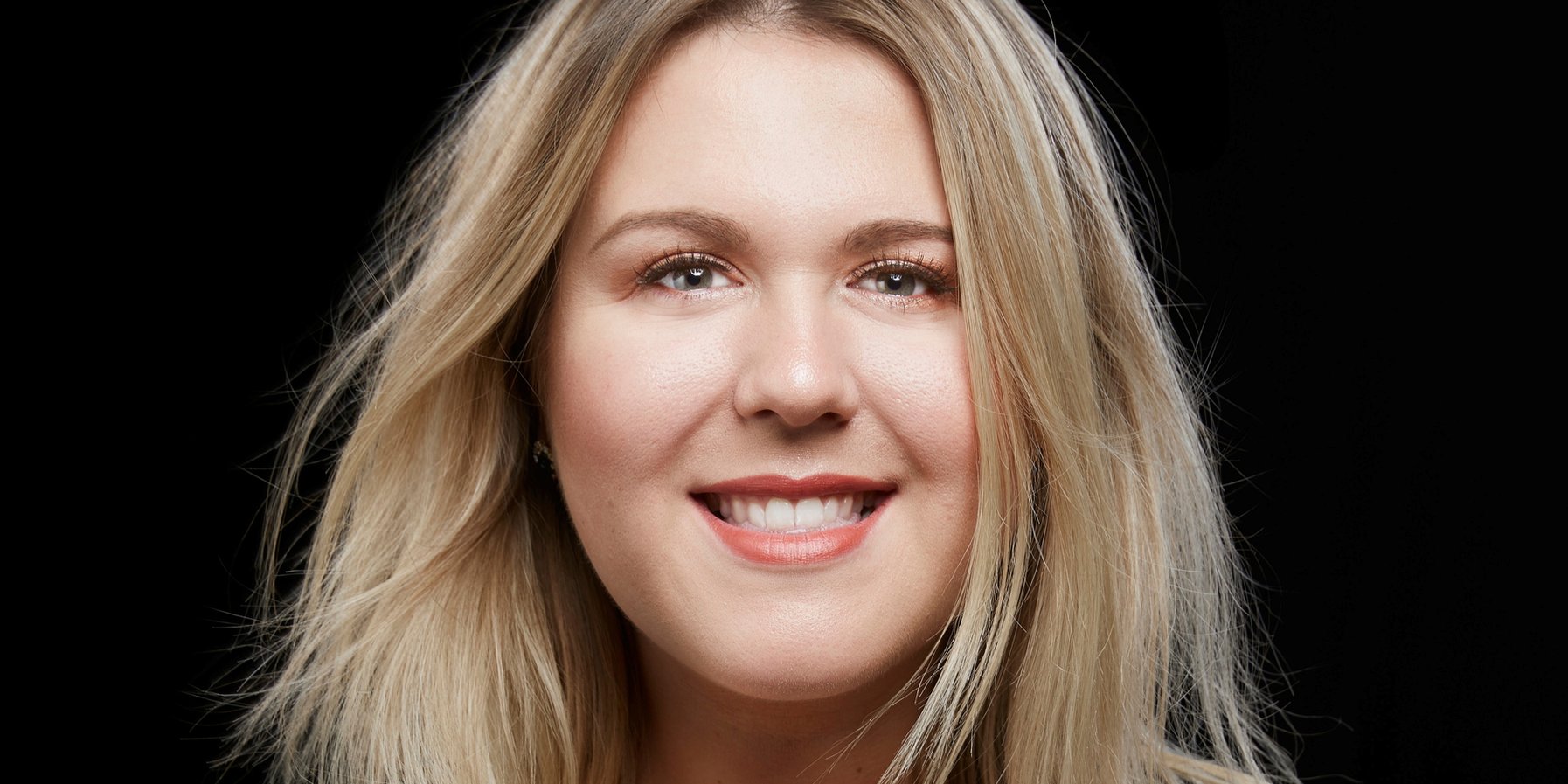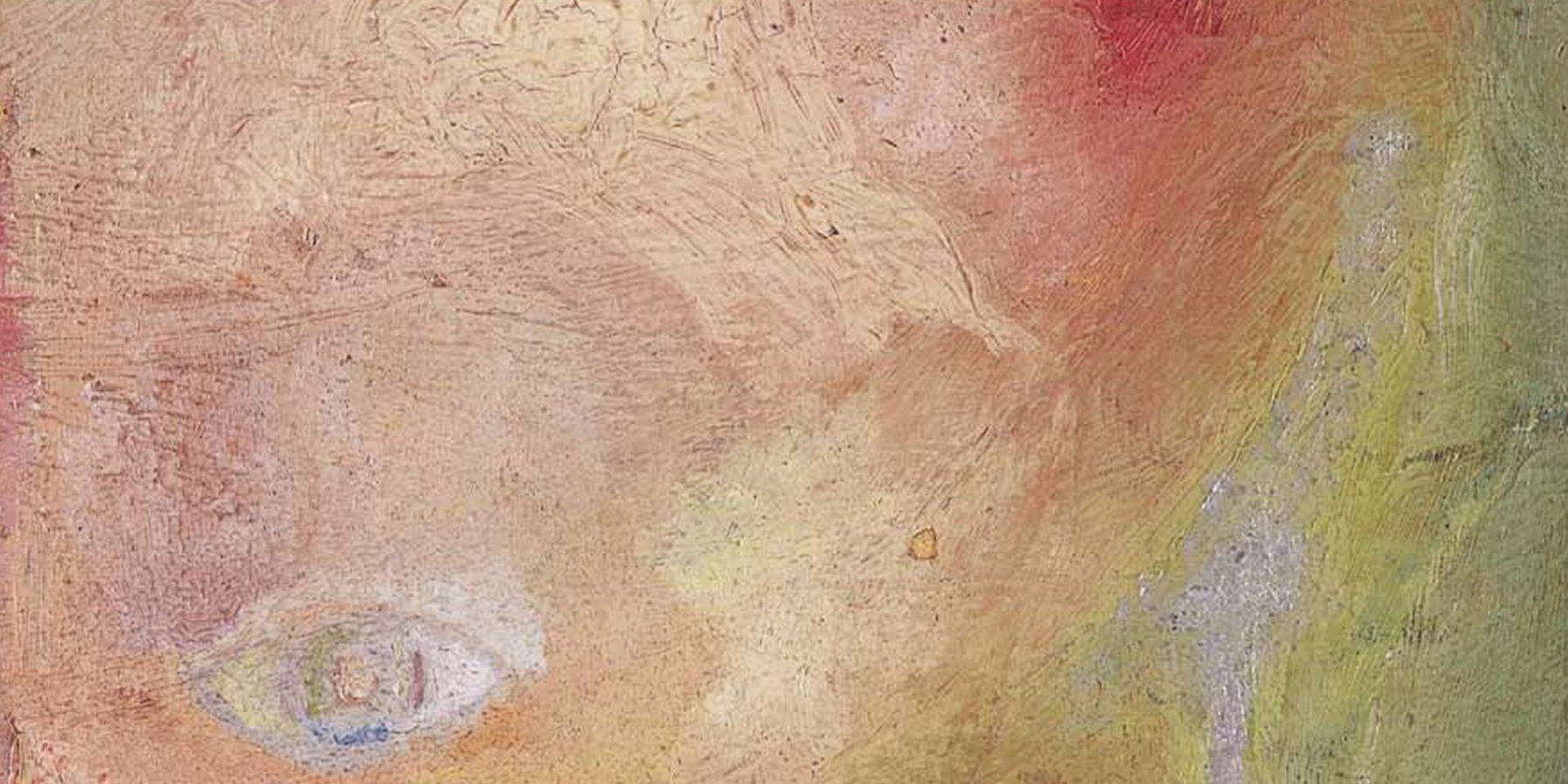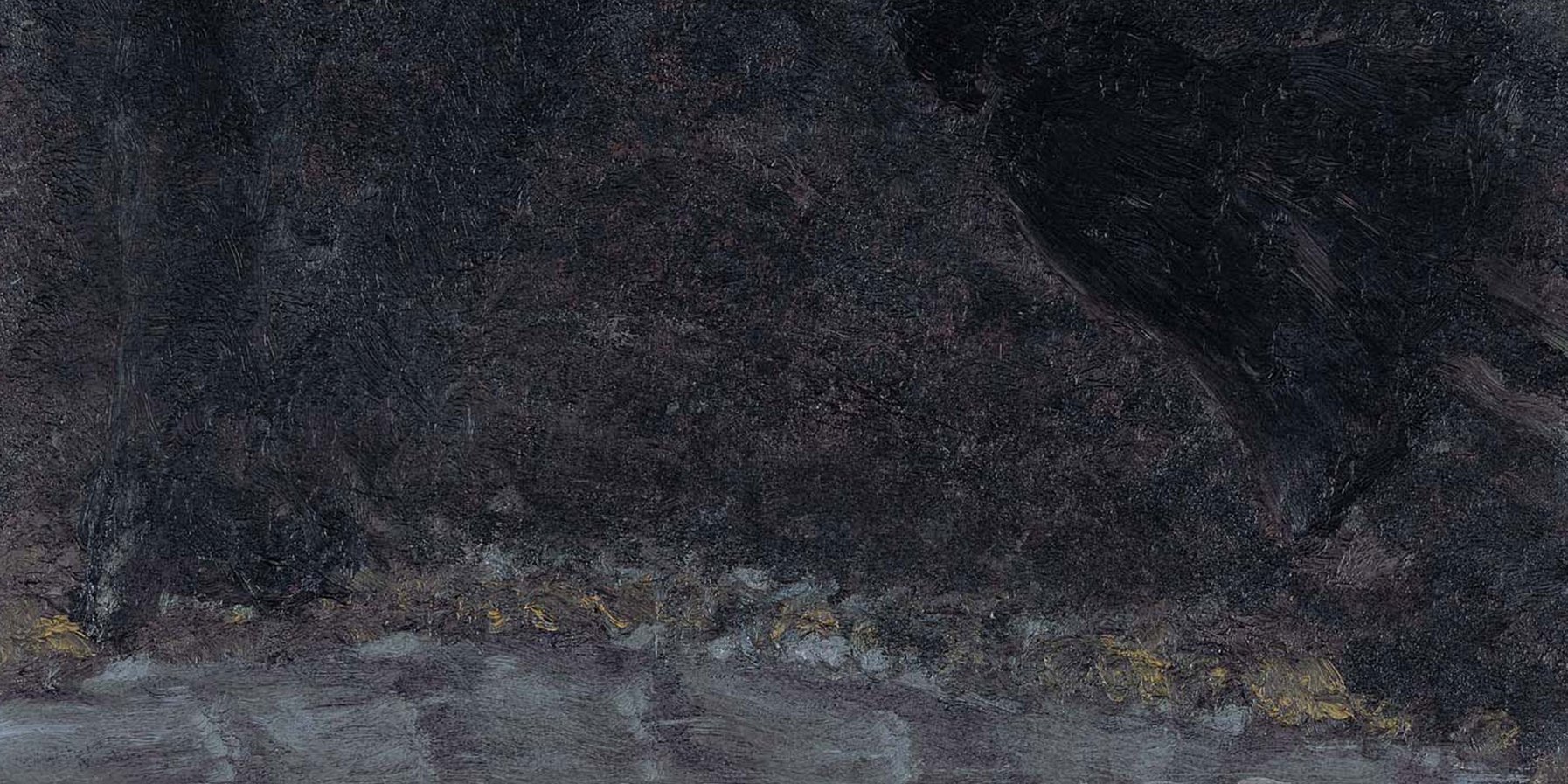Interview: Ivana Rajič
Anyone who has more than 400 guests at his birthday party must be popular: to mark the 150th anniversary of Arnold Schoenberg’s birth, the NDR Elbphilharmonie Orchestra under Alan Gilbert, the united radio choirs from Leipzig, Berlin and Hamburg and five big-name soloists come together to pay tribute to this great composer with a performance of his monumental »Gurre-Lieder«. The work sets to music the tragic story between Waldemar, King of Denmark, and his beloved Tove.
Shortly before the start of rehearsals, the two lovers from Schoenberg’s orchestral song-cycle –charismatic soprano Christina Nilsson and Simon O’Neill, one of the best heroic tenors of our time – found the time for an interview: they talk about the Romantic and revolutionary Schoenberg, what his »Gurre-Lieder« have in common with Richard Wagner and Richard Strauss, and the spectacular concerts in the Elbphilharmonie Grand Hall.
AUDIO INTRODUCTION TO THE OPENING NIGHT
Christina, Simon, thank you for taking the time to talk to us shortly before the NDR Opening Night. Is this the first time you’ve met?
CN: Yes, it’s very exciting! I’m really looking forward to singing with Simon.
SO: I’ve been following Christina’s career, and it’s very impressive. I’m looking forward to singing with her too. At least Waldemar and Tove like each other, so we’ve got those boxes ticked already.
Definitely. Talking about the roles you are singing, can you summarise what Schoenberg’s »Gurre-Lieder« are about for you? How would you describe the work to a friend?
SO: I’ve sung it quite a few times now. If I was describing »Gurre-Lieder« to a friend, I would say it is a big bite out of the apple. It’s a rock concert. It’s late 19th century, very early 20th century heavy metal – before we had distortion guitars and AC/DC. It is overwhelming from an acoustic point of view to hear an orchestra of 146 players, three massive choirs, and the soloists as well. It’s a colossal piece, and it’s not often performed. If »Gurre-Lieder« is performed anywhere, grab the rare chance to see it!
CN: This is the first time I’ve done it. For me it is a love story between Waldemar and Tove – a Danish legend turned into a story. I’m really looking forward to making it this epic, grand, extra-large performance.

It’s interesting that Simon calls it Rock ’n’ Roll while for Christina it’s a love story.
CN: You know, rockers are the biggest romantics.
SO: If you listen to the lyrics of plenty of Kiss songs and AC/DC, you’ll find they’re love songs. If this were composed now, we’d call it heavy rock. Any piece that has seven trombones in it, I like.
»Gurre-Lieder« is indeed one of the largest-scale works in the entire classical repertoire. How do you approach a work like this? What do preparations for the live performance look like?
CN: I prepare it like any other piece of music. I try not to get overwhelmed by how grand it is. Because I also think it’s written in a way where it all fits together.
SO: Definitely. A lot of discipline is required from all the performers, including the orchestral musicians. Obviously, when it’s performance day you need to have your voice in the best possible shape. Therefore, I try not to bash it too much in rehearsals. If I do feel a little bit of tiredness coming on, I will mark the odd extreme passage in the vocal writing – because Waldemar’s part is quite extreme. I use the same technique when I sing Siegfried in Wagner’s »Siegfried« or »Götterdämmerung«, Tannhäuser or Tristan – all these big Wagner roles. And I put that in for »Gurre-Lieder« too.
Simon O'Neill singt Wagners »O Siegfried! Siegfried! Seliger Held!«
You have sung many Wagner roles yourself, Christina. Do you see those parallels as well?
CN: Absolutely. I think that Tove’s part is very much like Wagner’s Elisabeth or Elsa – it’s those big soaring legato lines that you get to sing in this very romantic music.
SO: You are so right. The role of Tove is like Elsa or Elisabeth. It is less like Isolde or Brünnhilde. It’s the more lyrical Wagner soprano roles that are so beautiful. In some of Tove’s songs Schoenberg employs such picture-painting. There’s a dance aspect where you can feel them waltzing together.
Christina Nilsson singt Wagners »Dich, Teure Halle«
Waldemar and Tove may dance together, but they actually never sing together during the entire piece.
SO: Yes, they both comment on what’s happening in separate songs, which is interesting. With Wagner, there are not many occasions when people sing in harmonies. Although Siegmund and Sieglinde have one of the great duets.
CN: I agree with you. Because of this Wagnerism to me it feels like they are singing together, although they each sing their own long monologue.
SO: It’s sort of elongated, stretched out with the beautiful, slight orchestral interludes in the middle joining the songs up. The second song with Waldemar calling his horse, »Mein Ross«, sits in between two of the most beautiful songs sung by Tove. Her opening song, which I love, is so sensual – it’s very Sieglinde-like, it’s »Du bist der Lenz«-type singing. Her second song, »Sterne jubeln, das Meer, es leuchtet« has that waltz feel that we’re out dancing in the moonlight which he sings about. And the next song is exactly that: »So tanzen die Engel«.
Schoenberg first set the poems by Jens Peter Jacobsen as a song cycle for voice and piano before composing this huge orchestral piece. Is this what makes it song-like in a way?
CN: Yes, I think that Tove’s »Sterne jubeln« is a bit Strauss-like.
SO: Definitely the part of Tove. It’s written like Strauss’s Opus 27 – »Ruhe meine Seele«, »Heimliche Aufforderung«… Those were only written six or seven years earlier, in the mid-1890s when he got married. It also reminds me of Strauss’s Opus 10, even of the »Wesendonck-Lieder« that Wagner wrote 40 years earlier. There are similarities. I have performed »Gurre-Lieder« just with piano accompaniment. The really dramatic pieces are not in that first piano arrangement. There are more of the »Lieder« type of songs.
»Sterne jubeln, das Meer, es leuchtet« aus den »Gurre-Liedern«
What about the role of Waldemar in this respect?
SO: He does sing the most in the work, a total of eight vocal sections. And they develop from typical »Liederabend« singing – mid-range, even low-range for the tenor, picture-painting of boats on the water, and you can hear this in the orchestral writing of Schoenberg as well – to very dramatic, heldentenor moments when he calls to his horse, »Mein Ross«. That is his second song. I have to say once that song is over, I do feel a little relieved, because it is so huge. There’s a moment when he sings a high B natural, which is terrifying.
You are one of only a few singers who actually sing the role of Waldemar.
SO: Yes, not many people have it in their repertoire. It’s always been the case because it’s not often done. I remember when I started preparing this work. I bought the score in 2005. I was the cover for a very fine tenor in a concert conducted by the great Seiji Ozawa in Japan. It was such an honor.
Do you remember the first time you came across »Gurre-Lieder«, Christina?
CN: The first time I heard it was when I was asked to do it, and I immediately went and bought the score and I started looking at it. My first feeling was, oh my God, this is difficult! But then I got into it more and now I feel mostly happy and excited that I get to do it.
It was such an exciting time in music history when Schoenberg finished his »Gurre-Lieder« in 1910/1911. This was the threshold to modernism. Compared to Stravinsky’s »Sacre«, premiered in 1913 Schoenberg’s »Gurre-Lieder« almost sound conservative. Do you agree?
SO: Yes, and that’s why some people dislike the work. They think it’s too conservative. They think it’s Schoenberg writing in a style that’s not what we regard as Schoenberg. But in the third part of »Gurre-Lieder« when the choir comes in and the »Bauer« is singing, we have the »Sprechstimme« with Thomas Quasthoff. That’s most certainly very modern, developed music. It was composed some years later after the initial songs for Tove, Waldemar, and the wood bird. I defend this piece; I think it’s gorgeous. By 1910 Schoenberg had already written some amazing work like »Erwartung«. His »Pierrot« was written around that time as well, and that is full-on »Sprechstimme«.
It’s interesting that you say some people consider it too Romantic. On the other hand, there are people who might not listen to it because they think it’s difficult 12-tone-music.
SO: Agreed. A lot of people struggle with this music. Personally, I love Schoenberg’s writing. I love Webern, I love Berg. The Second Viennese School was an amazing group of musicians. It’s true, it will surprise people who haven’t heard »Gurre-Lieder« before that the music is so Romantic. It is very lush. And there are moments of similar instrumentation of Wagner’s »Ring« cycle. For example, the bass clarinet that Wagner loves so much in »Walküre« and »Tristan«: Schoenberg uses here. It provides incredible colour in the orchestra.
What else is characteristic of Schoenberg’s orchestral writing?
CN: With Tove, you have a lot of evocative picture-painting which is supported by Schoenberg’s orchestral writing as well.
SO: The orchestral writing of the wood bird scene is so extraordinary and unbelievably beautiful. And in Waldemar’s piece just before Tove’s last song, »Es ist Mitternachtszeit«, the cello is glorious and the way it develops into a waltz again. Then of course, the bass clarinet comes back in. Schoenberg’s orchestra is characterized by warmth and lushness, I think it is very Wagnerian.
»Es ist Mitternachtszeit« aus den »Gurre-Liedern«
What are you looking forward to about your performance of »Gurre-Lieder« at the Elbphilharmonie with the orchestra and the entire cast?
CN: I’m very excited about it. Hearing Simon talk about it, I really can’t get my mind around the fact that I’ll be there. I am nervous, sure, but I find this feeling exciting at the same time. I’m really looking forward to our rehearsals and to the performances with all these other amazing artists. I was at the Elbphilharmonie for NDR Opening Night two years ago and did Mahler’s Second Symphony. I’ve been working quite a lot with Alan. I’ve done many things for the first time with him; he introduced me to this world of music. I feel very lucky.
SO: Talking about our colleagues, Michael Schade is singing the other tenor part, which is very difficult. He’s a phenomenal artist that I sang with some 20 years ago at the Salzburg Festival. I was at Bayreuth with Michael Nagy who’s singing the »Bauer«. Jamie and I have sung together heaps of times in the States in »Götterdämmerung« and »Walküre«, and in »Gurre-Lieder« too. It is an honor to be on stage with Thomas Quasthoff. I get great energy off him and he’s a friend of mine. But this is going to be my debut with the orchestra and with Maestro Alan Gilbert. I’m really excited about that. And of course, singing with Christina. In our repertoire as singers, be it Wagner, Schoenberg, Mahler or Strauss, we have to be nuclear reactors to our colleagues on stage. And that makes for a great performance – when the energy they give you helps your voice and the energy you give back to them helps their voice in turn. We’ll be doing that: Tove and Waldemar will be nuclear reactors to each other.
- Elbphilharmonie Großer Saal
Opening Night: NDR Elbphilharmonie Orchestra / Alan Gilbert
Schönberg: Gurre-Lieder – with Simon O’Neill, Christina Nilsson, Jamie Barton, Michael Nagy, Michael Schade & Thomas Quasthoff
Past Concert - Elbphilharmonie Großer Saal
Opening Night: NDR Elbphilharmonie Orchestra / Alan Gilbert
Schönberg: Gurre-Lieder – with Simon O’Neill, Christina Nilsson, Jamie Barton, Michael Nagy, Michael Schade & Thomas Quasthoff
LivestreamPast Concert











